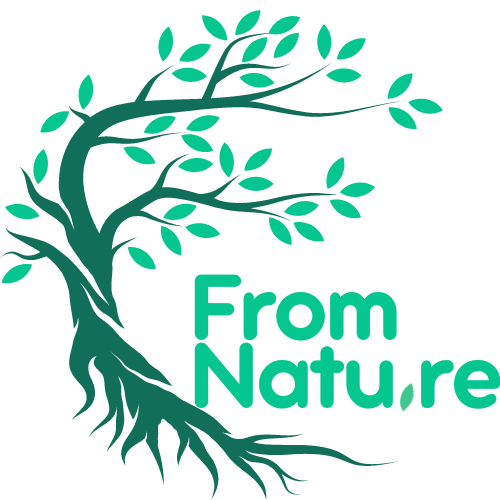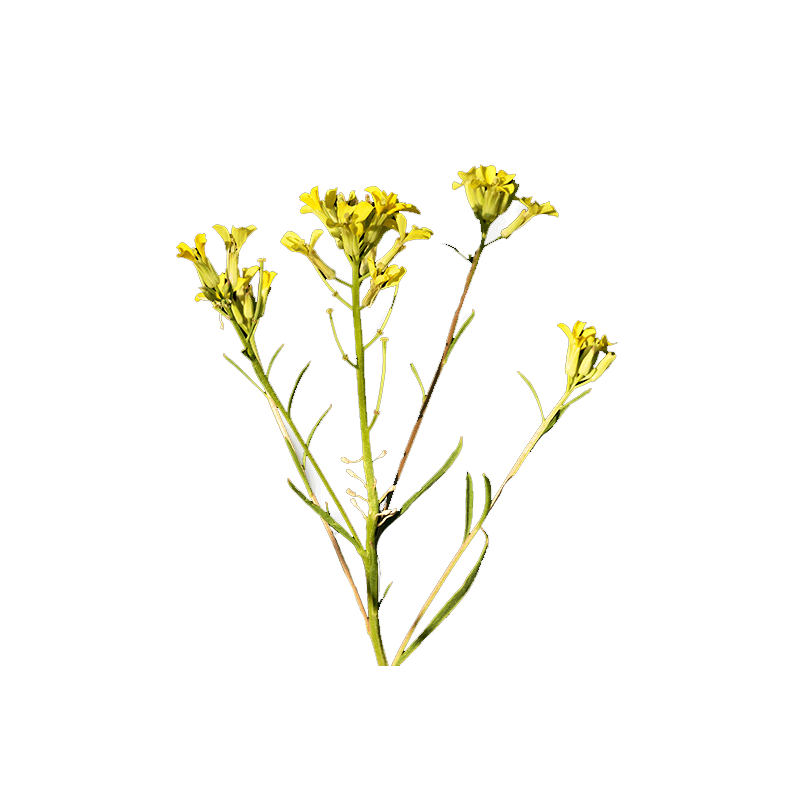Latin name
Erysimum officinalis L.
Origin
South of France.
Used part
The aerial part.
Active components
Glucosinolates: have an antimicrobial, relaxing and protective action on the vocal chords.
Vitamin C: antioxidant. Mucilages: have a soothing effect.
Tannins: have an astringent and antiseptic effect.
Flavonoids: antioxidant.
Usage
Erysimum has often been considered a weed. However, the term “officinalis” indicates that this plant is recognised for its medicinal properties. In traditional medicine, Erysimum has been used in an infusion to combat inflammation in the vocal chords, which is how it received its popular name “Chantor’s herb”. It is still used in cough medicines and throat pastilles. Few people know the culinary use of this plant. The leaves have a bitter, spicy flavour, a little like cress. They can be eaten raw in a salad, or cooked. The seeds can be used to make a sort of mustard. Dried and crushed, the young leaves, flower tops and seeds beautifully enhance the flavour of a dish when used as a spice. Currently, science confirms the health benefits of this plant. It can soothe tingling in the throat can be used to relieve temporary hoarseness and to ease breathing.

